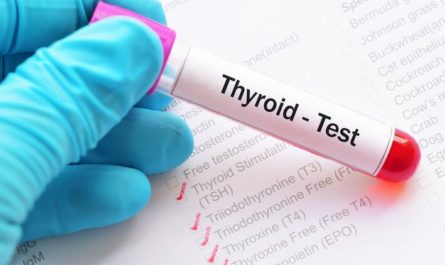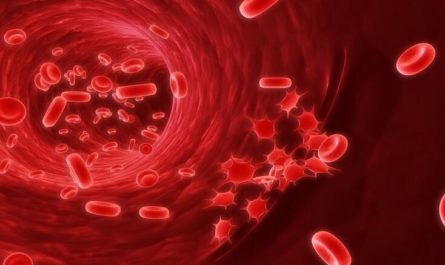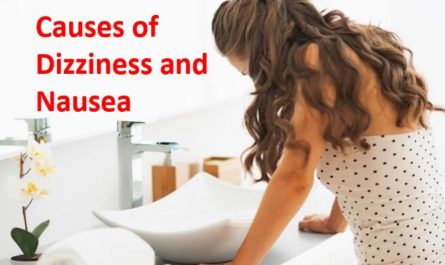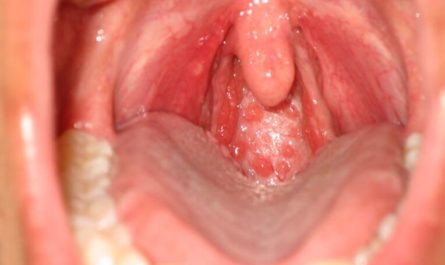Experiencing chest pain and shortness of breath is very frightening. These symptoms often signal that something is wrong with your heart or lungs. However, there are many potential underlying causes – some minor and others quite serious. Knowing the wide range of possible conditions that can lead to chest pain and breathing difficulties is crucial when seeking emergency medical care. This article provides an in-depth look at what can cause chest pain and shortness of breath.
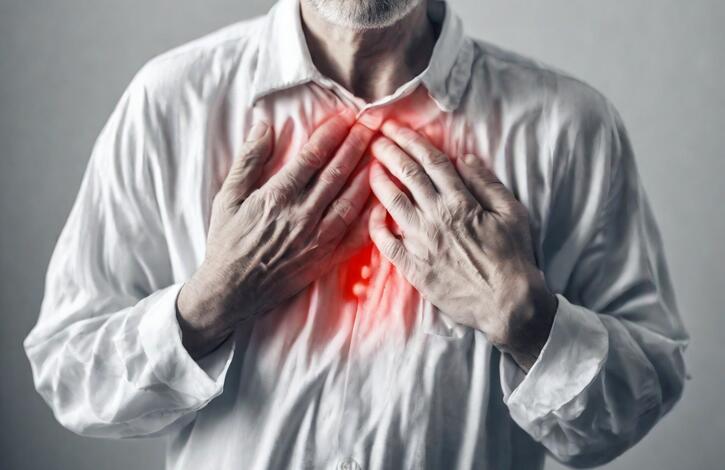
14 Common Causes of Chest Pain and Shortness of Breath
Chest discomfort and difficulty breathing can stem from issues in the heart, lungs, stomach, muscles, or anxiety. Here are more details on some of the most frequent underlying causes:
Heart-Related Causes
As the organ responsible for pumping blood, problems with the heart often manifest as chest pain and shortness of breath.
1. Heart attack
A heart attack is also called a myocardial infarction. This is caused by a blockage in one or more of the coronary arteries supplying oxygen-rich blood to the heart muscle. This obstruction prevents oxygenated blood from reaching a region of the heart. The lack of oxygen causes chest pain or pressure described as squeezing, crushing, or aching.
The pain may radiate to the left arm, neck, jaw, or upper back. Heart attack pain typically lasts over 15 minutes and does not improve with rest or nitroglycerin. Shortness of breath, sweating, nausea, anxiety, and lightheadedness are also common. Heart attacks require emergency care as delaying treatment increases the risk of permanent heart damage or death.
2. Angina
People with coronary artery disease have a gradual buildup of cholesterol plaques within the heart’s arteries, causing narrowing and stiffness. During periods of increased oxygen demand, like exercise, emotional stress, or extreme temperatures, the restricted blood flow prevents the heart muscle from getting enough oxygen to meet its needs.
This ischemia causes temporary chest pain or discomfort known as angina. Angina pain usually starts gradually and feels like pressure, squeezing, or tightness, typically in the chest but sometimes radiating to the left arm, neck, or jaw. The pain reaches maximum intensity over 5-10 minutes then goes away with several minutes of rest.
3. Pericarditis
The pericardium is the thin, two-layered sac surrounding and protecting the heart. When the outer layer becomes inflamed, often due to a viral infection or other illness, the resulting swelling and irritation of the pericardium leads to sharp, stabbing chest pain behind the sternum.
The pain may radiate to the left shoulder and worsens when lying down, breathing deeply, coughing, or swallowing. Pericarditis can impair heart function if fluid accumulates around the heart, creating pressure.
4. Aortic dissection
The aorta is the large blood vessel branching off the heart that carries oxygen-rich blood to the rest of the body. In an aortic dissection, a tear develops in the innermost layer of the aorta’s wall, allowing blood to leak into and split the artery’s layers apart.
This condition causes sudden, severe, tearing chest pain described as “ripping” or “stabbing” as the layers separate. The pain often radiates to the back between the shoulder blades.
An aortic dissection is a life-threatening emergency requiring immediate surgery to prevent fatal complications like a ruptured aorta or heart attack.
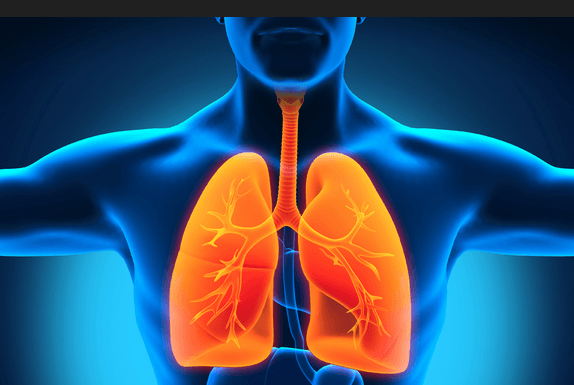
Lung-Related Causes
With each breath, the lungs deliver oxygen into the bloodstream and remove carbon dioxide. Many pulmonary diseases interfere with this gas exchange, leading to shortness of breath and sometimes chest pain.
5. Pneumonia
This common infection causes the microscopic air sacs in the lungs to fill up with fluid or pus. This makes it difficult to breathe normally. Symptoms include chest pain that worsens when breathing deeply or coughing. It also along with shortness of breath at rest or with minimal activity, cough producing green or bloody mucus, fever, and chills.
Viral pneumonia often resolves on its own with rest and fluids. Bacterial pneumonia is more serious, especially in older adults, smokers, or those with a weakened immune system. Antibiotics treat bacterial pneumonia, while more severe cases require hospitalization and oxygen support.
6. Pulmonary embolism
When a blood clot that developed elsewhere in the body, often in the deep veins of the legs, breaks free and travels through the bloodstream to the lungs, blocking an artery, it is termed a pulmonary embolism.
This blockage suddenly reduces blood flow and oxygen delivery, causing sharp pleuritic chest pain worse with breathing. Shortness of breath comes on rapidly, even at rest.
A pulmonary embolism is a medical emergency requiring rapid thinning of the blood clot with medications like heparin or thrombolytics.
7. COPD
Chronic obstructive pulmonary disease refers to progressive lung diseases including emphysema and chronic bronchitis, most often caused by smoking. In COPD, the airways and air sacs lose their elasticity, become clogged with mucus, thicken, and have impaired cilia function.
The respiratory muscles also weaken over time. These changes make breathing increasingly difficult. It can also lead to shortness of breath during exertion or even at rest, chronic cough, wheezing as air struggles to pass through narrowed airways, and tightness or heaviness in the chest. Quitting smoking and medications that open airways or reduce inflammation help manage COPD symptoms.
8. Asthma
This condition arises from chronic inflammation in the bronchial tubes leading to and within the lungs. During asthma flares or attacks, the swollen, hypersensitive airways constrict in response to triggers like allergens, irritants, respiratory infections, or stress.
The inflamed, narrowed airways restrict breathing, creating chest tightness, wheezing, coughing, and shortness of breath. In severe cases, asthma attacks can be life-threatening when airflow becomes severely obstructed. Identifying and avoiding asthma triggers along with using fast-acting inhalers to open airways helps control symptoms.
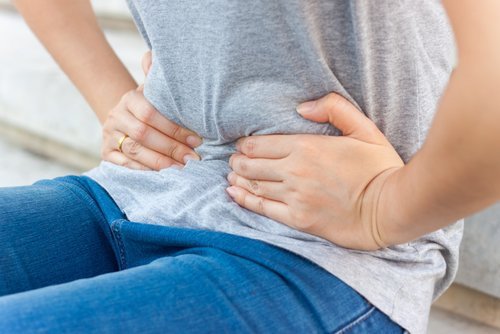
Gastrointestinal Causes
The gastrointestinal organs, including the esophagus, stomach, and diaphragm, sit right behind the heart and lungs in the chest cavity. Therefore, issues affecting the digestive system can mimic or feel similar to cardiopulmonary problems.
9. Acid reflux (GERD)
This common condition allows stomach acid to back up from the stomach into the esophagus after eating, creating a burning discomfort in the chest. The refluxed acid causes inflammation and irritation of the esophageal lining.
The chest pain tends to flare after meals, when lying down, or when bending over, which promotes reflux. It typically feels like heartburn or a burning, tight sensation in the chest. Acid reflux can also cause chest tightness and shortness of breath when some of the refluxed liquid gets into the airways (aspiration).
Avoiding trigger foods, not eating before bedtime, losing weight, and medications that decrease stomach acid secretion can help control acid reflux symptoms.
10. Hiatal hernia
Normally, the stomach resides entirely below the diaphragm. In a hiatal hernia, a portion of the stomach pushes or protrudes up through an abnormally large opening in the diaphragm and into the chest cavity.
This can allow backflow of acid into the esophagus, causing reflux symptoms like chest pain. The displaced stomach may also press on the lungs, making it more difficult to fully inflate them.
Symptoms include chest pain or pressure, burning sensation after eating, shortness of breath, difficulty swallowing, and chest tightness with physical activity. Small hiatal hernias often require no treatment beyond acid reflux medication. Larger hernias may need surgical repair to reduce symptoms.
Musculoskeletal Causes
While not originating from the chest organs themselves, problems with muscles, tendons, or bones in the chest and upper body can produce chest wall pain that mimics heart or lung conditions.
11. Costochondritis
This common condition involves inflammation of the cartilage and joints connecting the ribs to the breastbone (sternum), often due to repetitive minor trauma or strain. The swelling and irritation of the costal cartilage leads to acute, localized chest wall pain that may radiate along the ribs or breastbone.
Deep breathing, certain movements of the ribs, or even coughing and sneezing can intensify the pain. Applying pressure to the sore area also exacerbates the pain. Costochondritis often resolves with rest, over-the-counter anti-inflammatories, and alternating cold and heat therapy.
12. Pectoralis muscle strains
The pectoralis major muscles extending across the chest wall can become strained due to overuse injuries and tears in the muscle or tendon. Pectoralis strains cause pain with movements using the pec muscle, like pushing, bench pressing, or throwing.
The pain localizes along the muscle near the underarm or sternum and may radiate toward the shoulder. Rest, ice, compression wraps, anti-inflammatories, and physical therapy help heal pectoral strains. Severe tears may require surgical repair.
13. Intercostal muscle strains
The intercostal muscles between the ribs can become injured due to overstretching or tears. This leads to localized chest wall pain that worsens with twisting motions, deep breathing, sneezing, or coughing. Strains heal through rest, medication, and gentle stretching. Rarely, a severe chest blow can cause swelling and bruising of intercostal muscles, called intercostal myalgia.
14. Anxiety and Panic Attacks
Feelings of sudden acute anxiety or fear during a panic attack produce physical symptoms like rapid heart rate and breathing. Chest pain and tightness often result from tense muscles combined with rapid, shallow breathing. Hyperventilation can produce numbness, tingling, and shortness of breath. The chest pain and difficulty breathing from a panic attack usually peak within 10 minutes.
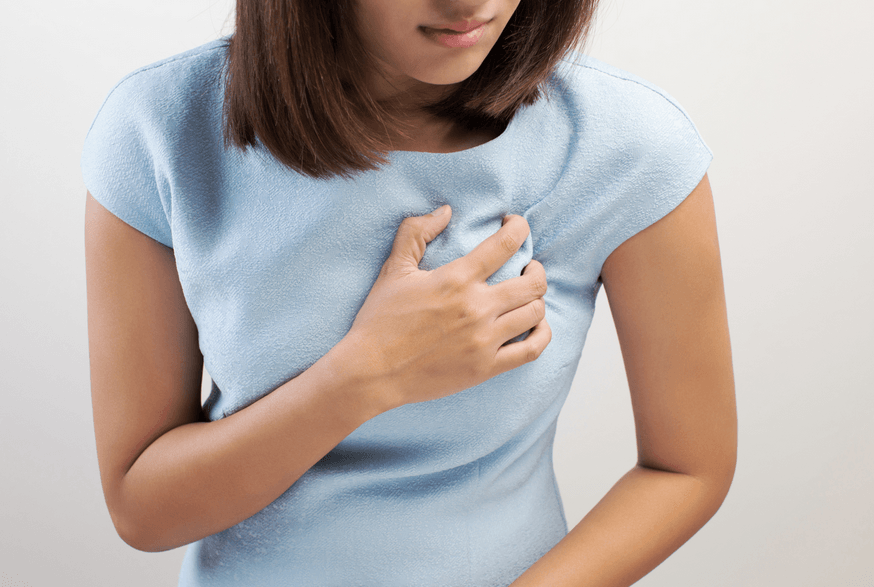
Less Common Causes of Chest Pain and Shortness of Breath
Beyond the more frequent causes, several less common conditions can also present with chest pain and breathing difficulties:
Pleurisy
Also called pleuritis, this condition involves inflammation and irritation of the pleura, the thin membranes surrounding the outside of the lungs and lining the inside of the chest cavity. Pleurisy leads to sharp chest pain when breathing, also called pleuritic chest pain, and shortness of breath.
Infections, autoimmune disorders, pulmonary embolism, tumor spread, and physical injury can all cause pleuritic inflammation. Treatment involves pain relief and addressing the underlying condition when possible.
Pneumothorax
Air leaks from inside the lung and collects in the space between the lung and chest wall, collapsing the lung and preventing normal expansion during breathing. This air in the pleural space causes sudden, acute chest pain and shortness of breath.
A traumatic physical injury to the chest is the most common cause. Treatment often involves inserting a chest tube to remove the trapped air and allow the lung to re-expand.
Endocarditis
This infection of the inner lining of the heart’s chambers and valves creates inflammation that can disrupt blood flow through the heart.
Symptoms include fever, fatigue, shortness of breath, coughing, chest pain, and sometimes small raised spots on the skin. Without treatment, the infection can severely damage heart valves and lead to heart failure. Intravenous antibiotics treat endocarditis.
Myocarditis
Viral infections that cause inflammation and swelling of the heart muscle (myocardium) can lead to chest pain along with arrhythmias, lightheadedness, and shortness of breath.
The chest pain often worsens when lying flat. Anti-inflammatory medications, reducing physical activity, and addressing the underlying infection help manage symptoms while the heart heals.
Pericardial effusion
Fluid accumulation between the layers of the pericardium puts pressure on the heart, impairing its ability to pump blood effectively. This leads to chest pain, difficulty breathing when lying down, fatigue, and swelling in the legs. Mild effusions may not need treatment, while larger ones can be drained through a surgical procedure called pericardiocentesis.
When to See a Doctor?
Chest pain and shortness of breath always deserve medical attention. You should seek emergency care if you experience:
- Severe, crushing chest pain or tightness
- Pain in the center or left side of the chest
- Chest pain that lasts more than 15 minutes or goes away and comes back
- Shortness of breath that is getting worse, occurs at rest or prevents physical activity
- Chest pain or difficulty breathing accompanied by concerning symptoms like radiating pain, fainting, excessive sweating, coughing up blood, or palpitations
Call 911 or have someone drive you to the emergency room. With conditions like heart attacks, each minute that treatment is delayed increases the risk of permanent damage and death of heart muscle. For milder symptoms, make an appointment with your primary care physician for evaluation, especially if the problems persist.


